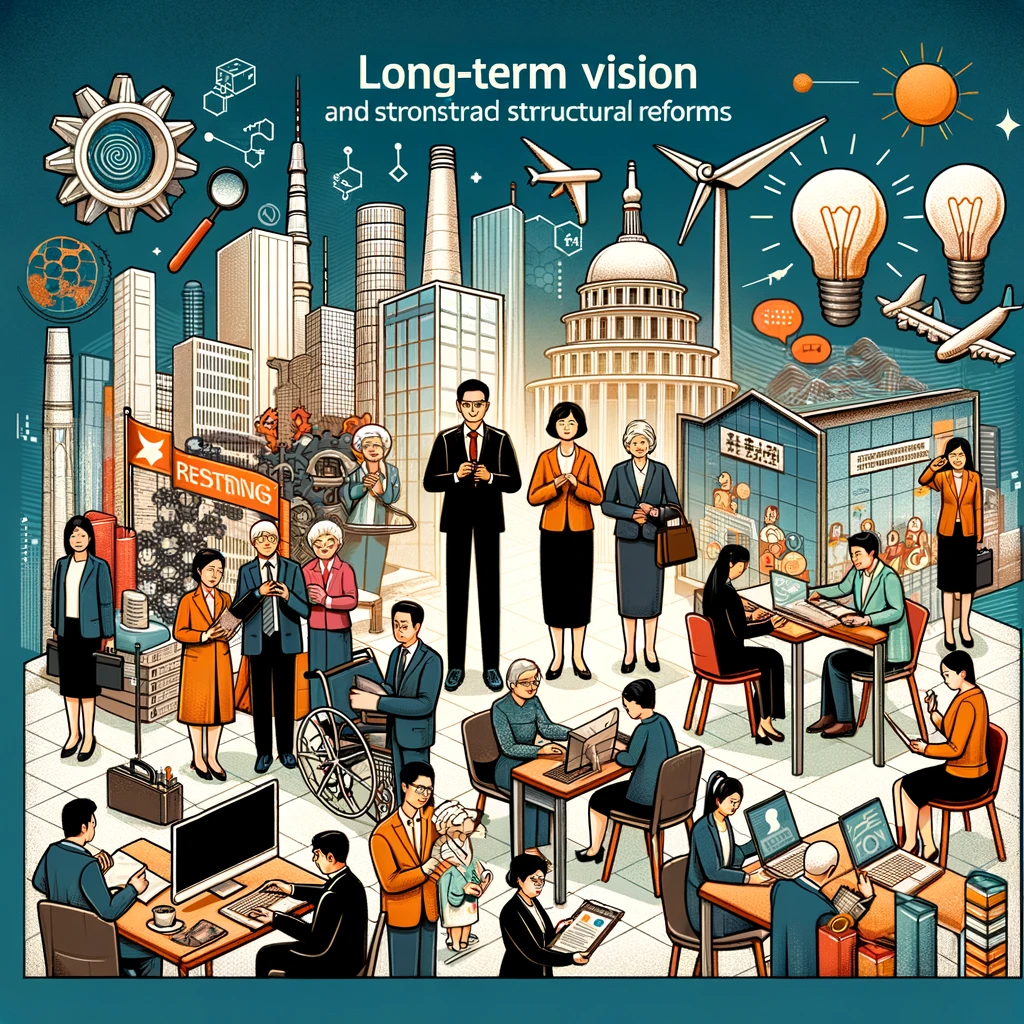Redesigning Parental Leave Policies

One of the cornerstone proposals is the redesign of the parental leave system to ensure both men and women can freely take parental leave. This initiative aims to promote gender equality in child-rearing responsibilities and support working parents. Expanding spousal leave is also on the agenda, making it easier for families to balance work and childcare.
Enhancing Work-Life Balance
To further support parents, the government plans to improve conditions for reduced working hours and flexible work arrangements. These measures are designed to help parents maintain their careers while actively participating in their children’s upbringing. By alleviating the pressure to choose between work and family, the government hopes to create a more supportive environment for raising children.
Strengthening Childcare and Education Systems
A robust education and childcare system is essential for encouraging higher birth rates. The government plans to establish a comprehensive care and education framework for children aged 0-11, ensuring continuous support from daycare through elementary school. This system aims to ease the burden on parents and provide children with high-quality early education.
Addressing Housing Challenges
Housing affordability is a significant concern for young families. The government is committed to implementing effective measures to reduce the housing burden for newlyweds and families with children. By making housing more accessible and affordable, the government hopes to remove a major obstacle to starting and expanding families.
Creating Job Opportunities and Reducing Employment Anxiety
Ensuring that young people have access to stable, well-paying jobs is crucial for reversing the low birth rate trend. The government plans to focus on creating more high-quality jobs across the country and addressing the disparity between permanent and temporary employment. By reducing employment anxiety, the government aims to create a more secure environment for young people to start families.
Cultural Shifts and Social Capital
Beyond policy measures, there is a recognition of the need to shift cultural attitudes towards family and community. The government aims to foster a sense of the importance of family and community bonds, moving away from individualistic and materialistic values. This cultural shift is seen as essential for building the social capital necessary to support higher birth rates.
Long-Term Vision and Structural Reforms
Addressing South Korea’s demographic challenges requires a long-term vision. The government is considering various structural reforms, including industrial restructuring in response to demographic changes, securing a diverse workforce, and overhauling social safety nets like pensions and health insurance. These reforms are essential for adapting to an aging population and ensuring sustainable economic growth.
Conclusion: South Korea’s Low Birth Rate

South Korea’s comprehensive approach to tackling its low birth rate combines immediate policy changes with long-term structural reforms and cultural shifts. By addressing the multifaceted challenges faced by young families, the government hopes to create a more supportive environment for raising children. These efforts are crucial for ensuring the country’s demographic and economic stability in the years to come.
The Ongoing Struggle of Pension Reform in South Korea
Hi, I’m [jeybee]. As a long-time resident of Seoul, I’m passionate about uncovering the authentic, everyday magic of Korea. This blog is my way of sharing my favorite spots, tips, and cultural insights with you, beyond the usual tourist traps.

